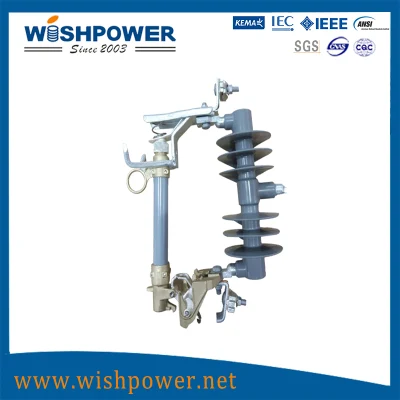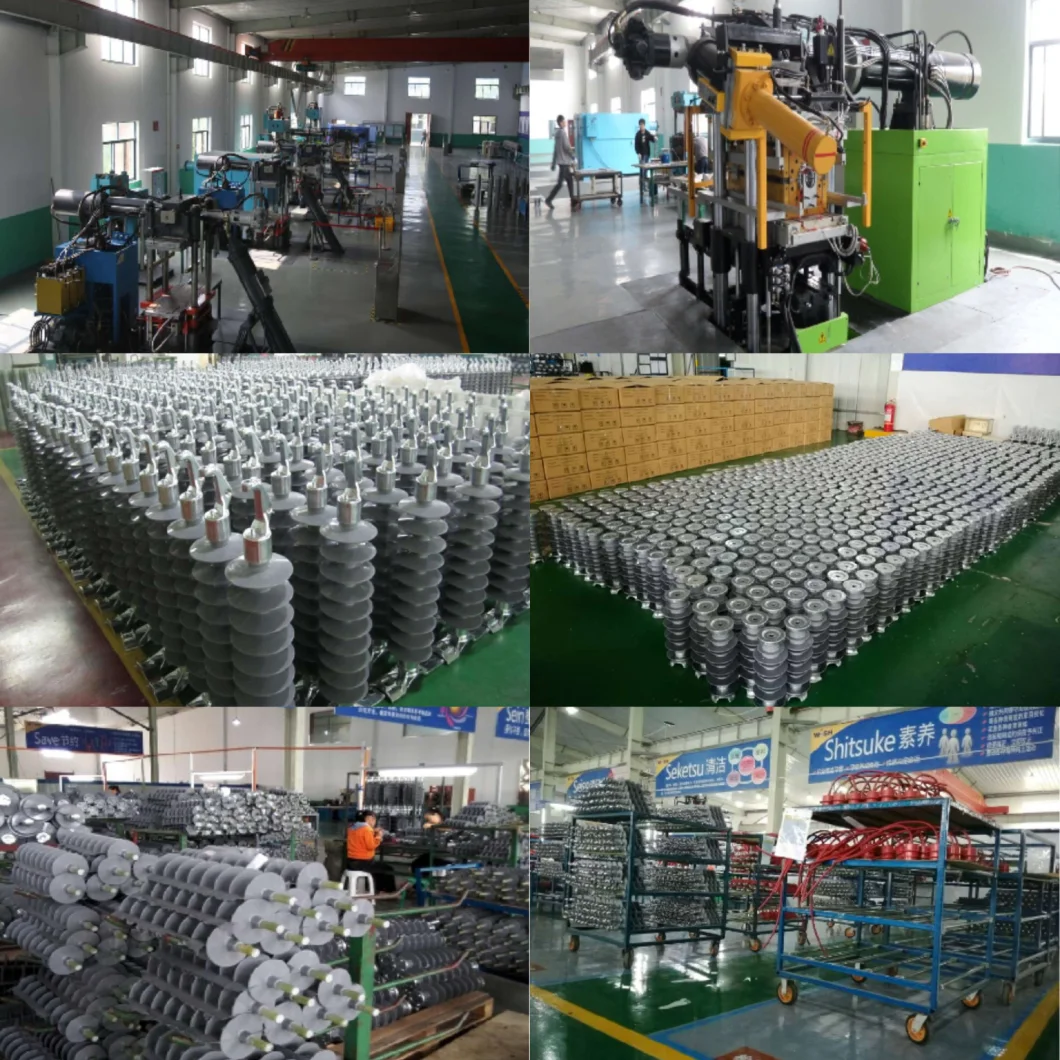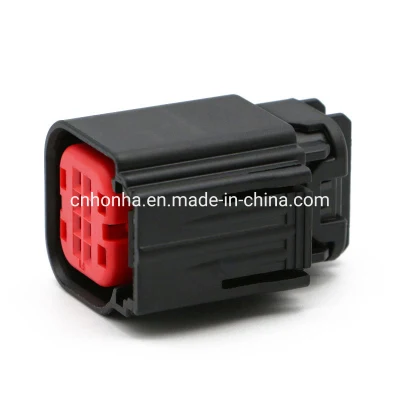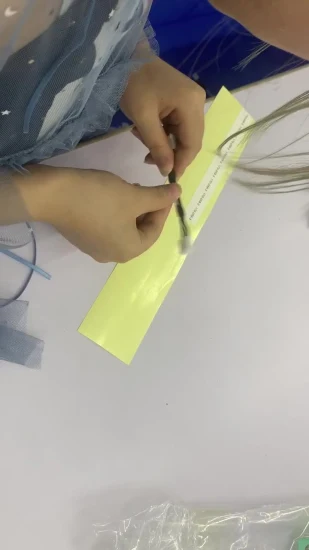
Silicone Rubber Housing Dropout Fuse Cutout
Basic Info
| Model NO. | 36kV |
| Standard | IEC 60282-1: 2009, IEC 60282-2: 2008, ANSI |
| Transport Package | Cartin+Pallet |
| Specification | FIBERGLASS ROD, FITTINGS AND SILICONE RUBBER |
| Trademark | WISHPOWER |
| Origin | China |
| HS Code | 8535100000 |
| Production Capacity | 250000 Pieces Per Year |
Product Description
A fuse cutout is an electrical protection device used in overhead line systems to prevent distribution transformers from being damaged by surges. The working principle of these devices is to connect the fuse to the series of the transformer feeder cable. The connection is through a hinged tubular fuse, in this way the fuse is fixed in position on the cut body. If the link melts and separates under over-current conditions, the fuse holder will drop freely under its own weight, rotate to the hinge, and hang vertically, making its state clearly visible. Most fuse cutout is designed with a metal ring on the fuse holder. When maintenance and repair personnel need to work on the transformer, the fuse can be manually disconnected.
ApplicationA fuse cutout combines a fuse and a switch, used in primary overhead feeder lines and taps to protect distribution transformers from current surges and overloads.
Features---Light weight and easy installation
--- Reliable fault protection
--- Perfect drop out action
---Good hydrophobic property
---Higher creepage distance
Technical ParametersModel | Rated Voltage (kV) | Rated Current(A) | Max. Rated Peaking Current (kA) | Dry Power Frequency Withstand Voltage(kVr.m.s/min) | Lightening Impulse Withstand Voltage (kVp) | Creepage Distance (mm) | Reference Weight(kg) |
HRW12-24(27) | 24/27 | 100 | 8 | 70 | 150 | 600 | 4.6 |
24/27 | 200 | 8 | 70 | 150 | 600 | 4.6 |





